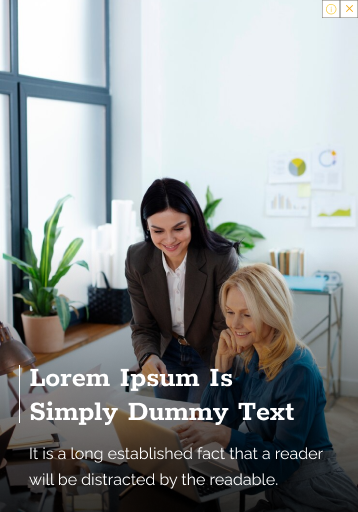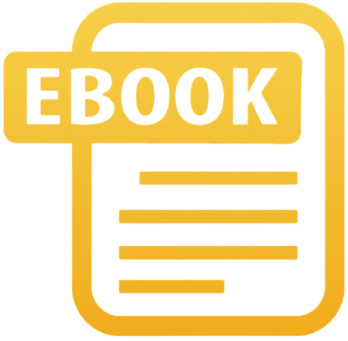Key Takeaways
-
Boring emails don’t just get ignored—they signal that you don’t value your client’s time. You can improve engagement by using strategic formats, emotion-driven storytelling, and smart visuals.
-
You don’t need a full-time designer or a copywriter. Just shift your thinking from “informing” to “connecting” and these three ideas will become plug-and-play tools in your email strategy.
Why Your Emails Deserve More Than a Quick Scan
Every time your email goes unopened, you lose an opportunity to educate, build trust, or close a sale. And in 2025, with inboxes more crowded than ever, templated pitches and recycled headlines just don’t cut it.
You’re not just sending a message. You’re crafting a digital first impression, a follow-up handshake, or a crucial reminder—all depending on when that email lands. So if your clients or prospects are treating your emails like digital wallpaper, the problem may not be what you’re sending, but how.
Let’s break down three proven formats that turn passive readers into active responders.
1. Use “Narrative Sandwiches” Instead of Bullet-Point Updates
A narrative sandwich follows this format:
-
Quick, relatable hook (1-2 lines)
-
Key idea or offer (the “filling”)
-
Reflective or personal close
Here’s why this works in 2025: human brains are story-first. We crave resolution and structure. An insurance fact dropped in isolation feels cold. But if you wrap it in a mini-story, you create context and curiosity.
How to Write It:
-
Start with a shared experience: Think along the lines of “Ever opened your mailbox and found a bill that made you wince?”
-
Deliver one big point: For instance, that a certain policy type could reduce out-of-pocket surprises by 30% or more.
-
Close with a personal line: Like “That’s the kind of peace of mind I want for every client who reads this.”
When to Use:
-
Monthly newsletters
-
Client follow-ups post-call or quote
-
Campaigns with a single offer or insight
This approach makes your emails feel handcrafted, not copy-pasted. It also invites emotion, which drives action.
2. Turn FAQs Into Mini-Series Campaigns
Every insurance agent fields the same 10-15 questions all year long. But instead of a long email answering five questions at once, split them into a series.
Example Timeline:
-
Week 1: “How does a term life policy really work?”
-
Week 2: “What happens if I miss a payment?”
-
Week 3: “Why is my rate different from my neighbor’s?”
How to Frame It:
Use this simple structure for each email:
-
Subject Line: Tease the question: “This One Confuses Almost Everyone…”
-
Intro: Acknowledge the confusion or myth
-
Answer: Provide a short, confident, jargon-free explanation
-
CTA: Invite the reader to reply or schedule a call if they have related questions
By pacing the information, you keep your audience curious and looking out for the next email. And by making each one short and specific, you respect their time.
Bonus Tip:
Use a consistent header or footer to signal that this is part of a mini-series. Something as simple as “Email 2 of 5: Insurance Questions Unlocked” creates anticipation.
3. Add One Visual (Even If It’s Not a Chart or Photo)
You don’t need high-end graphics or stock photography. In fact, plain text with a single well-chosen visual often performs better because it feels authentic and direct.
Visuals You Can Use:
-
Simple diagrams: A hand-drawn sketch or labeled policy flow
-
Timeline bars: Showing how policy benefits build over 1, 5, and 10 years
-
Emotion-based icons: A smiling face next to “protected,” a storm cloud next to “risk”
These can be created in minutes using basic tools. The point is not to dazzle but to distill.
Where to Place the Visual:
Put it between your main message and the CTA. It reinforces your point and gives the eye a reason to pause.
What It Solves:
-
Breaks text monotony
-
Creates recall (people remember visuals 65% more than words alone)
-
Helps explain abstract or complex policy elements without more text
If you’re sending an email longer than 150 words in 2025, a visual is no longer optional—it’s expected.
Keep Email Length Tight but Value-Heavy
Most successful insurance emails in 2025 fall between 120 and 220 words. That’s not much room, which is why structure matters more than flair. Your copy should do one of three things:
-
Help the client understand something they didn’t before
-
Make them feel more confident in a decision
-
Show that you’re actively thinking about their future
If your email doesn’t do any of those, it’s probably being archived, not read.
To tighten your copy:
-
Cut all phrases like “just checking in”
-
Replace “hope you’re well” with a meaningful first sentence
-
Start strong. Never open with your name or title. Lead with the reader’s need.
When to Send and How Often
In 2025, sending weekly is still a safe baseline, as long as each message brings value. Here’s a simple cadence:
-
Week 1: Story-style message (narrative sandwich)
-
Week 2: FAQ from your mini-series
-
Week 3: Offer or deadline reminder with a visual
-
Week 4: Reflective insights or tips for long-term planning
Sending on Tuesdays or Wednesdays between 9 a.m. and noon (your client’s time zone) tends to see higher open rates. Avoid Mondays and Fridays unless it’s time-sensitive.
Subject Lines Still Rule the Game
Even in 2025, a compelling subject line is still your best open-rate lever. Try formats like:
-
Question-based: “Are You Actually Covered for This?”
-
Short and sharp: “3 Things to Know Before June Ends”
-
Personalized: “[First Name], Your Policy Could Do This Too”
Avoid full caps, exclamation points, or vague clickbait. Focus on relevance, clarity, and curiosity.
Rethink the CTA: Make It Feel Like a Service, Not a Sale
CTAs work better when they feel like an offer of help, not a push. Instead of “Book a Call,” try:
-
“See If This Applies to You”
-
“Let’s Look at Your Numbers Together”
-
“Want a 10-Minute Walkthrough?”
Use first-person language in your CTA body if possible: “I can walk you through your options if you reply to this.”
In 2025, personalization beats pressure.
Make Your Inbox the One They Actually Look Forward To
The best email strategy isn’t about being louder—it’s about being more helpful, more human, and more relevant.
If you want your emails to stop getting ignored, you need to stop sending the same tired templates. Try these three approaches for a month and watch how your replies, appointments, and conversions improve.
We know the tools independent agents need because we work with them every day. At Bedrock Financial Services, we help agents like you turn communication into conversion, using systems that scale and strategies that actually work.
Sign up today to see how our support, CRM tools, and automation workflows can elevate your email strategy and your business.







